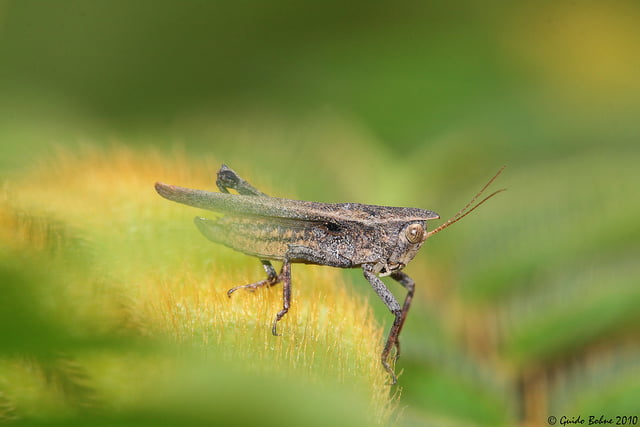An Israeli research team is harnessing millions of years of evolution to create the world’s smallest unmanned aerial vehicles.
Nature has gone through a process of trial and error that took millions of years, shaping its organisms to stand the tests of time and to adapt to the ever changing surroundings.
A relatively new field of study called Biomimicry, gradually taking shape since the 1990’s, aims to examine nature’s models and imitate or take inspiration from its designs and processes, in order to solve human problems.
Related Stories:
- Snails And Cockroaches Turned Into Living Batteries!
- Pilotless Drones Take Water Meter Reading To New Heights
One of the pioneering Israeli researchers in this field is Professor Daniel Weihs, head of the Multidisciplinary Center for Autonomous Robotics at the Technion and former Chief Scientist of the Ministry of Science & Technology.
Weihs is also a veteran of the aerospace engineering industry in Israel, a profession that strengthened his belief that nature is humans’ best teacher. “My interest in animal locomotion started very early on, when as an aerodynamicist I realized that birds, insects and even fish and other marine creatures are much more efficient than us in designing for transportation,” he tells NoCamels.
Remotely controlling insects
Weihs is currently working with Dr. Gal Ribak from the Technion’s Faculty of Aerospace Engineering, who studies the biomechanics of animal locomotion. Their joint research, funded by the United States Army, focuses on developing a method to remotely control the flight of insects, as if they were aircrafts.
“Our goal is to understand how insects fly, in order to be able to emulate them in small flying vehicles. These mechanisms are usually not scalable to airplane size.”
Decoding a locust’s activity
Sign up for our free weekly newsletter
SubscribeIn their research, the two are seeking to decode the muscular activity of a locust while it is flying. To do so, Weihs and his team at the Technion have attached electrodes to the muscles of the insects and measured the signals produced when the insect is “motivated” into performing different maneuvers, such as making a turn.
Using a flight simulator, they are trying to understand why and how a locust changes its flight direction; how it receives information from its surroundings; how this data affects the nervous system, and finally – how does it translate to an actual movement?
The insect’s movements are translated into a code of electronic signals, which can later on be sent as electronic signals into the insect’s muscles, triggering movement. “We take these same signals to the muscles and observe the insect performing these motions,” explains Weihs.
Reducing aerodynamic forces
The results of such research can be used, according to Weihs, to produce small controlled vehicles. To date, the researchers are able to control the flight of insects that are connected to a simulator by sending them a set of commands that control their movements.
During the research, the team has already reached some surprising results: “We found that for four winged insects, the functions of the front and rear wings are very different from the accepted model, thus promising interesting advances,” Weihs says.
Can the flight of a locust influence the way innovative UAVs will look like? Instead of building a brand new unmanned aerial vehicle (UAV), by using energy, complex control systems and proficiency, the researchers are harnessing millions of years of evolution.
According to Weihs, Biomimcry can serve as an idea generator in many areas. “Velcro was discovered by a dog owner who saw burrs that his dog picked up, and were difficult to remove”, he says. “I would like to encourage readers, especially the young and students, to look around them and get inspiration”, Weihs adds.
Photo by gbohne
Related posts

Editors’ & Readers’ Choice: 10 Favorite NoCamels Articles

Forward Facing: What Does The Future Hold For Israeli High-Tech?

Impact Innovation: Israeli Startups That Could Shape Our Future




Facebook comments